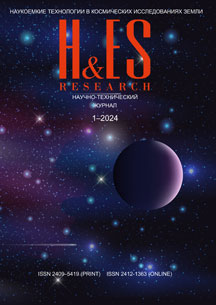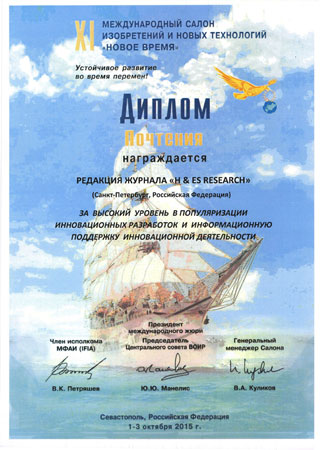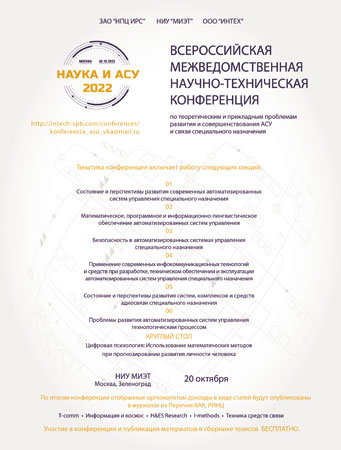Introduction: in accordance with the task of forming a system of distributed situational centers of public authorities, it is necessary to interface heterogeneous segments of the department's information and telecommunications networks into a geographically distributed infrastructure with the construction of a subsystem for monitoring the state of its elements on it.
The purpose of the study: based on the use of basic concepts of structural synthesis methods, structural analysis of network infrastructures, as well as parametric synthesis procedures, to develop a methodology for the synthesis of a new generation monitoring subsystem based on intelligent methods for identifying the state of the network. Results: the structuring of the controlled space by the terms "monitoring zone"," critical element"," state classes "form the basis of new methods of intelligent monitoring that are" insensitive " to the properties of the constant evolution of network infrastructures. The proposed method of synthesis of the intelligent monitoring subsystem consists of sequentially performed stages of structural synthesis, parametric synthesis and structural analysis of the network. Practical significance: the successive stages of the methodology using graph distance measurement procedures and the modified k-means algorithm allow not only to identify the type of network state, but also to reasonably, using instrumental calculation methods, present in the interests of the decision support system sets of acceptable values of the main parameters and probabilistic-temporal characteristics of the monitoring subsystem for subsequent reconfiguration of the network and preventing its transition to an inoperable state. Discussion: the modification of the k-means algorithm proposed in the study differs in that in the classical algorithm, work is carried out on points of Euclidean space, and in the proposed method we are talking about a graph space with metrics in the form of graph distances, while data clouds are used as initial data for classification in the k-means algorithm as disordered data sets that are not tied to any of the measurement scales, and in the proposed algorithm, the data cloud is represented by a set of graphs in a given topological space of graph metrics, describing the state of the network in time.



















